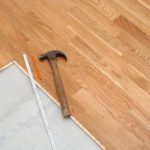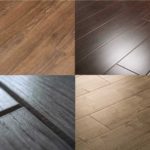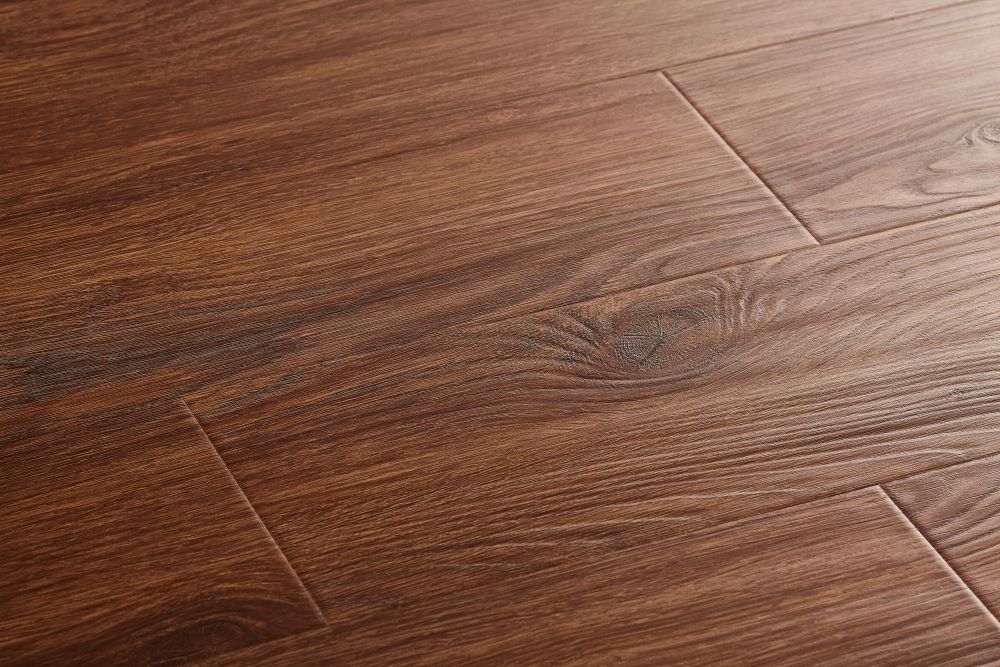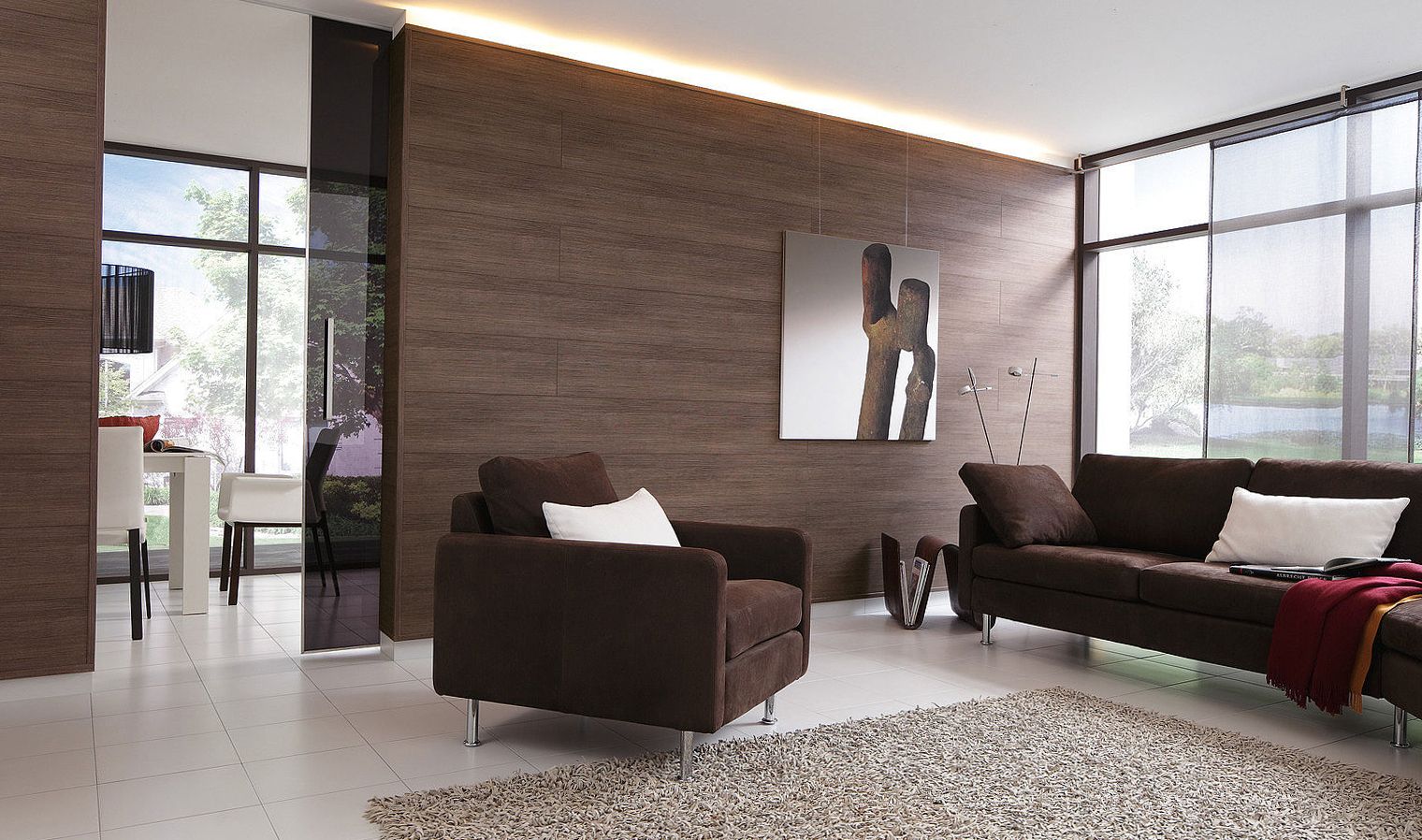Chamfer on laminate: what is it?
Choosing a floor covering today is not an easy task when carrying out renovations or building a new room, since at present there are quite a lot of interesting options for laying such a covering. If you look in the past, there were only a few such options. This:
- Wooden floor;
- Parquet;
- Linoleum.
In this case, as a rule, they used linoleum or a wooden floor made from natural boards painted with floor paint.
But a lot has changed since then. When building a new house or renovating, as a rule, they hire a designer who is involved in the design of the room, including the flooring. This is facilitated by a large selection of different floor coverings, including laminate.
Why are both builders and apartment owners increasingly paying attention to this coating? This material has a number of advantages:
- Relatively inexpensive;
- Easy to install;
- It has a wide palette of shades and great wear resistance.
Important to remember, When choosing a floor covering, you need to find a middle ground between price and quality. Laminate flooring provides many options that satisfy these conditions.
The content of the article
What is a chamfer on a laminate?
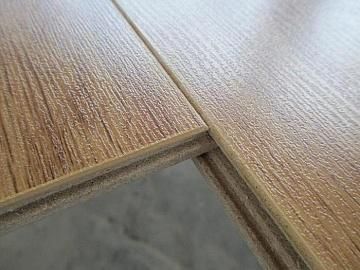 Chamfer on laminate: what is it, you see the photo above.For several years, from the time laminate appeared on sale as a flooring material, it did not stand in one place in its development, but was constantly evolving. At the beginning, laminate appeared, which, when assembled, was a single floor covering, like a solid mass.
Chamfer on laminate: what is it, you see the photo above.For several years, from the time laminate appeared on sale as a flooring material, it did not stand in one place in its development, but was constantly evolving. At the beginning, laminate appeared, which, when assembled, was a single floor covering, like a solid mass.
Over time, a coating appeared that had a chamfer along the edges of the laminated panel. The first chamfers were similar to the letter V and this type of coating was named accordingly. A little later, a coating with U-shaped edges appears. Let's look further at how to understand such a wide variety of this class of flooring.
The first thing you should decide on is your priorities. What the buyer will prioritize will determine the final choice of product. So, if the buyer is limited in his financial capabilities, then most likely he will choose a coating without chamfers and with minimal wear resistance. Moreover, even in this product segment there are quite a lot of different options, especially in colors. With other priorities, especially when it comes to design, the choice may be completely different. Let's look at the differences between all these options.
Differences between U and V chamfers
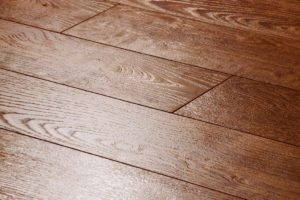 If we talk about differences in chamfers, then first of all it is necessary to consider the manufacturing technology of the material. From a technological point of view, it is much easier to remove a V-shaped chamfer. That is why there is such a difference in the cost of coatings. If we talk about aesthetic and design aspects, then, as you know, there is no arguing about tastes. Let's look at the main differences between the panels.
If we talk about differences in chamfers, then first of all it is necessary to consider the manufacturing technology of the material. From a technological point of view, it is much easier to remove a V-shaped chamfer. That is why there is such a difference in the cost of coatings. If we talk about aesthetic and design aspects, then, as you know, there is no arguing about tastes. Let's look at the main differences between the panels.
U-shaped chamfer. This is the youngest type to appear on the market.The main difference between this type is the shape of the chamfer, which is formed by extruding it using special equipment. Moreover, the higher the class of the product, the better the quality of the panel edges.
The main advantage is that the chamfers are also laminated and protected, like the main surface of the panel. Typically, such panels are highly wear-resistant and hold moisture well. Thanks to the chamfer, it seems that the floor is made of natural boards. Recently, quite a lot of laminate of this class, made in China, has appeared on the market. Unlike well-known European brands, it has a lower price, which attracts buyers, but also lower quality.
V-shaped chamfer. This type of chamfer is created by routing the edge of a panel. After this, the cut is painted over with special paint. As in the previous case, the effect of a natural board is created. Depending on the manufacturer, moisture resistance and wear resistance will be quite high, but over time the paint is washed off or changes color and spoils the appearance of the floor.
Laminate without chamfer. Besides the fact that this type of coverage has, as already written above, a minimum price, it has no other advantages over its more expensive brothers. And there are quite a lot of shortcomings.
First of all, these are unevenness at the joints of the panels, both longitudinal and transverse. Due to imperfect equipment, cracks appear at the joints. And over time, moisture gets into them, and the laminate swells and then loses its appearance. The higher quality and more expensive the laminate, the smaller these gaps are, but they still exist. But the price compensates for all these shortcomings.
Which laminate is better: chamfered or not?
So, after analyzing the different types of laminates, it is impossible to come to a clear conclusion which one is better. Since it is important to decide from what angle we will consider this issue. If you look at the wear resistance to various types of external influences, then, of course, laminate with a chamfer is much better. It can be laid better and it will look better, but sometimes the price decides everything.

